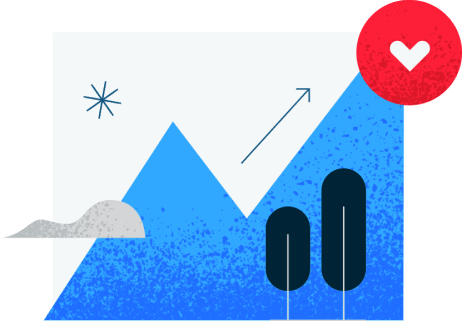I stared at my reflection in the bathroom mirror one morning, trying to make sense of the heaviness I felt inside. Was this just a bad day, or was it something more? Like many people, I found myself questioning whether what I was experiencing was actually depression or just normal life struggles.
Depression can be both obvious and subtle, wearing different masks that make it challenging to identify. Understanding what depression truly looks like – and equally important, what it doesn’t look like – can be the first step toward getting the help you need.
True Signs of Clinical Depression
When we talk about clinical depression, we’re looking at a constellation of symptoms that persist for at least two weeks. The key signs include a persistent feeling of sadness or emptiness that colors everything in your life. Think of it like wearing dark sunglasses that you can’t take off – everything appears darker, duller, more hopeless. In addition to this pervasive sadness, individuals may experience a loss of interest in activities they once enjoyed, feelings of worthlessness, and difficulty concentrating. Overcoming feelings of sadness can be a challenging journey, often requiring professional support, self-care practices, and time. It’s important to remember that recovery is possible, and many find hope and healing through therapy, medication, or lifestyle changes. Other common signs of crippling depression include a loss of interest in activities that once brought joy, significant changes in appetite or sleep patterns, and feelings of worthlessness or excessive guilt. It’s as if the very essence of enjoyment and motivation is drained away, leaving an individual feeling trapped in their own mind. Seeking help is crucial, as these symptoms can profoundly impact daily life and relationships.
Changes in sleep patterns are another major indicator. You might find yourself unable to sleep, tossing and turning until dawn, or conversely, sleeping far more than usual but never feeling rested. Your appetite might disappear entirely, or you might find yourself eating constantly without real hunger.
The loss of interest in activities you once enjoyed is particularly telling. That book club you used to love? The morning jog that energized your day? When depression takes hold, these pleasures often fade into grey nothingness.
What Depression Is Not
Here’s where many people get confused. Not every difficult emotion or challenging period in life is depression. Temporary sadness after a setback? That’s a normal, healthy response. The grief that follows losing a loved one? While incredibly painful, it’s a natural part of the human experience. It’s important to recognize that experiencing sadness or grief doesn’t automatically indicate clinical depression. Instead, these feelings can often lead to personal growth and resilience, as we navigate through life’s ups and downs. In fact, many individuals find solace in their struggles, ultimately discovering ways of finding peace in the void left by their experiences. This journey can foster deeper connections with others and a greater appreciation for life’s fleeting moments.
Having a bad day at work or feeling stressed about a deadline isn’t depression. Neither is the occasional mood swing or moment of self-doubt. These are all part of the regular emotional landscape of being human.
Hidden Physical Symptoms That Surprise Many
Depression isn’t just in your head – it lives in your body too. Unexplained aches and pains, persistent headaches, or digestive issues that doctors can’t quite pin down might actually be depression manifesting physically.
I remember a client who came to me convinced she had a chronic illness. After months of medical tests came back normal, she finally recognized that her physical symptoms were depression’s way of getting her attention. The body often knows before the mind is ready to acknowledge. As she began to confront her emotional struggles, she found that understanding depression’s impact on life was a crucial step toward healing. Each therapy session peeled away layers of denial, allowing her to connect the dots between her mental state and physical sensations. This newfound awareness not only alleviated her symptoms but also empowered her to rebuild her life with a sense of purpose and clarity.
When and How to Seek Help
The decision to seek help often feels like the hardest step. Many people wait, hoping things will get better on their own. But would you wait to treat a broken arm, hoping it heals itself? Mental health deserves the same prompt attention as physical health.
If you’re wondering whether to seek help, that alone might be your answer. Start with your primary care physician or a mental health professional. They can help determine whether what you’re experiencing is depression and guide you toward appropriate treatment options.
Moving Forward with Hope
Depression is treatable, and recovery is possible. Whether through therapy, medication, lifestyle changes, or a combination of approaches, there are many paths to healing. The key is taking that first step toward help.
Remember, questioning whether you have depression isn’t a sign of weakness – it’s often the first step toward strength. If you recognize yourself in these words, reach out to a mental health professional. You don’t have to figure this out alone.
What’s your next step? Maybe it’s making a doctor’s appointment, talking to a trusted friend, or simply bookmarking resources for when you’re ready. Whatever it is, take it. Your future self will thank you for starting the journey today.
Note: This article is for informational purposes only and should not be considered medical advice. Always consult with a qualified healthcare provider about your specific situation.


